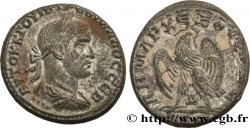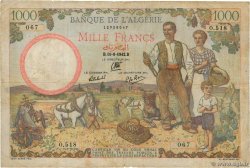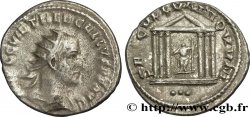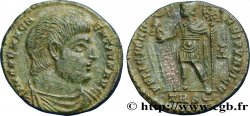E-auction 216-141708 - brm_335363 - TREBONIANUS GALLUS Antoninien
You must signin and be an approved bidder to bid, LOGIN TO BID. Accounts are subject to approval and the approval process takes place within 48 hours. Do not wait until the day a sale closes to register. Clicking on « bid » constitutes acceptance of the terms of use of cgb.fr private e-auctions.
Bids must be placed in whole Euro amounts only. The sale will start closing at the time stated on the item description; any bids received at the site after the closing time will not be executed. Transmission times may vary and bids could be rejected if you wait until the last second. For further information ckeck the E-auctions F.A.Q.
NO BUYER'S FEE.
NO BUYER'S FEE.
| Estimate : | 75 € |
| Price : | 37 € |
| Maximum bid : | 56 € |
| End of the sale : | 05 June 2017 14:20:30 |
| bidders : | 3 bidders |
Type : Antoninien
Date: 252
Mint name / Town : Antioche
Metal : billon
Millesimal fineness : 350 ‰
Diameter : 21 mm
Orientation dies : 6 h.
Weight : 3,27 g.
Rarity : R2
Officine: 3e
Coments on the condition:
Exemplaire sur un petit flan ovale, bien centré des deux côtés. Droit de frappe molle. Temple de style fin. Patine grise
Catalogue references :
Obverse
Obverse legend : IMP C C VIB TREB GALLVS P F AVG // ....
Obverse description : Buste radié, drapé et cuirassé de Trébonien Galle à droite, vu de trois quarts en arrière (A2).
Obverse translation : “Imperator Cæsar Caius Vibius Trebonianus Gallus Pius Felix Augustus”, (L’empereur césar Caius Vibius Trébonien Galle pieux heureux auguste).
Reverse
Reverse legend : SAECVLVM NOVVM// ....
Reverse description : Temple hexastyle surmonté d'un fronton triangulaire, orné d'une statue de Rome au centre.
Reverse translation : “Sæculum Novum”, (Le Nouveau siècle).
Commentary
Rubans de type 3. Les Ptéryges ne sont pas visibles sur cet exemplaire. Portrait de très bon style, différent de l’atelier d’Antioche. Pour le revers, il existe deux formes d’orthographe pour le mot SAECVLVM avec une ou deux L. La seconde variante avec deux L qui est une faute semble néanmoins la plus courante.








 Report a mistake
Report a mistake Print the page
Print the page Share my selection
Share my selection Ask a question
Ask a question Consign / sell
Consign / sell
 Full data
Full data















